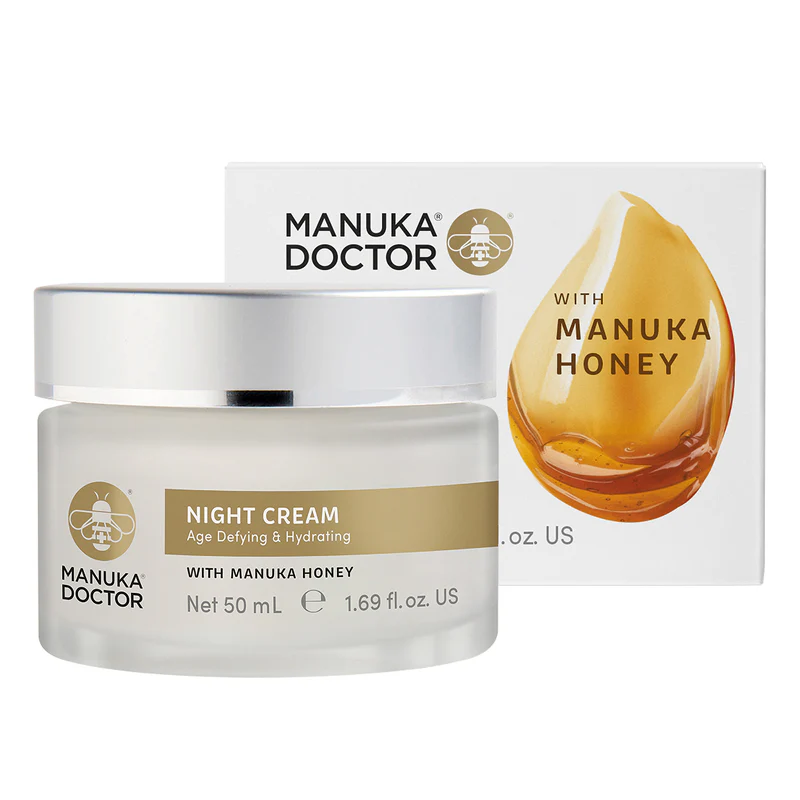In Manuka Doctor Ltd v Hill [2025] NZCA 516, the New Zealand Court of Appeal has just handed down a majority decision (Hinton and Edwards JJ), finding that the marks MANUKA MEDIC and MANUKA DOCTOR were not similar and therefore not confusingly similar. That is, on a “net impression” basis and looking at the respective marks visually, aurally, and conceptually.
The majority found that “MANUKA” was descriptive and accordingly that this element carried less weight in the similarity assessment. Notably, the majority found that the marks were not visually or aurally similar, due to distinct differences in the second words “MEDIC” and “DOCTOR.”
Cull J disagreed. In a dissent, her Honour indicated that the Court below had failed to adequately address the fact that the ideas/overall concept of the marks were similar, and the majority had downplayed the importance of the common idea conveyed by both marks. This was, in part, because the idea of Manuka’s healing properties was not distinctive or unique, but wrongly in her Honour’s view.
It is relatively unusual in New Zealand to have a split court on an IP matter like this. Both the majority and minority views are, with respect, well-reasoned, clearly articulated, and the decision is well worth a read.
This brings me back to a point that was raised last Thursday, when I did my IPSANZ IP update for 2025. One question was whether I thought there was a difference in approach between trade mark opposition decisions at IPONZ and IP Australia insofar as the question of “confusing similarity” assessments is concerned, and that a number of the IPONZ decisions I had discussed during my presentation seemed to be a bit lenient on this point.
My answer was that I didn’t think there was a significant difference between the two countries on this point, and that even if some of the New Zealand decisions might have seemed a bit more lenient, the evidential standards were higher, which, in my view, balanced things out.
My colleague, Tom Cleary (who was at the seminar and kindly sent me a copy of the Manuka Doctor decision), pointed out to me that at [31]-[32] the majority adopted a more robust approach than some of the recent IPONZ decisions. Their Honours relied on Jacob LJ’s decision in Reed Executive plc v Reed Business Information Ltd. In that case, the English Court of Appeal indicated that when considering the make-up and attributes of the “reasonable consumer” the court should not get too protective, stating: “It may be observed that both approaches guard against too “nanny” a view of protection — to confuse only the careless or stupid is not enough.”
It seems that our Court of Appeal’s word of caution and a robust approach on this issue, and generally, should be a good pointer to those of us who have to grapple with the question “confusing similarity” in the future.


